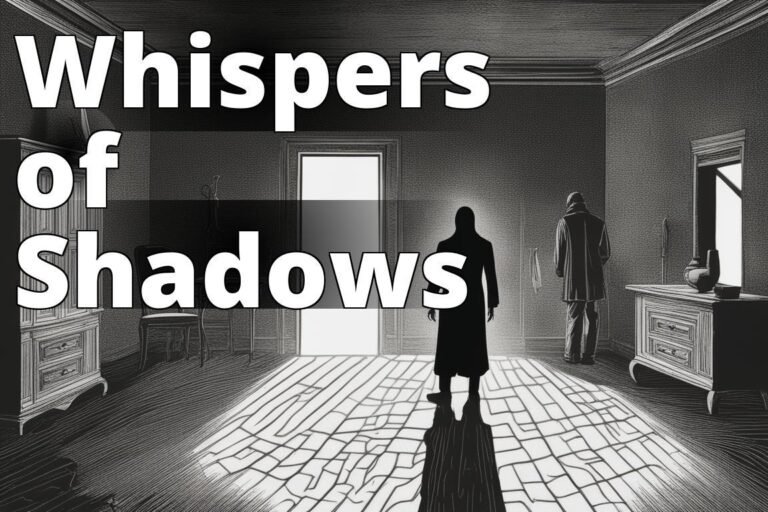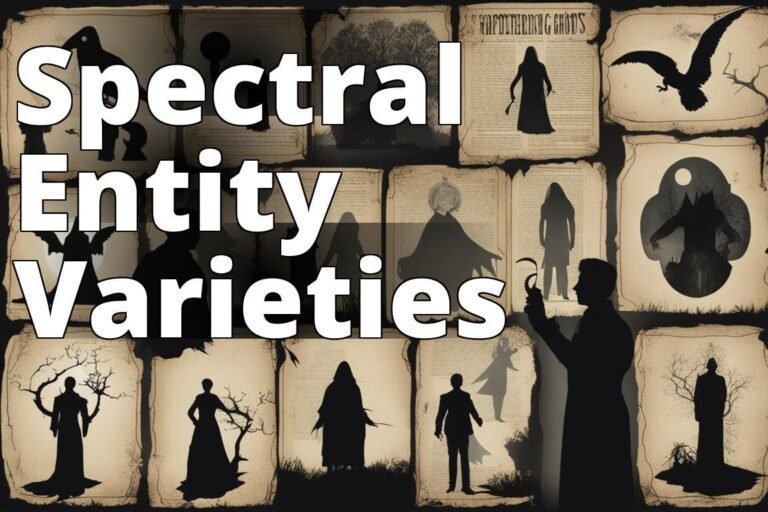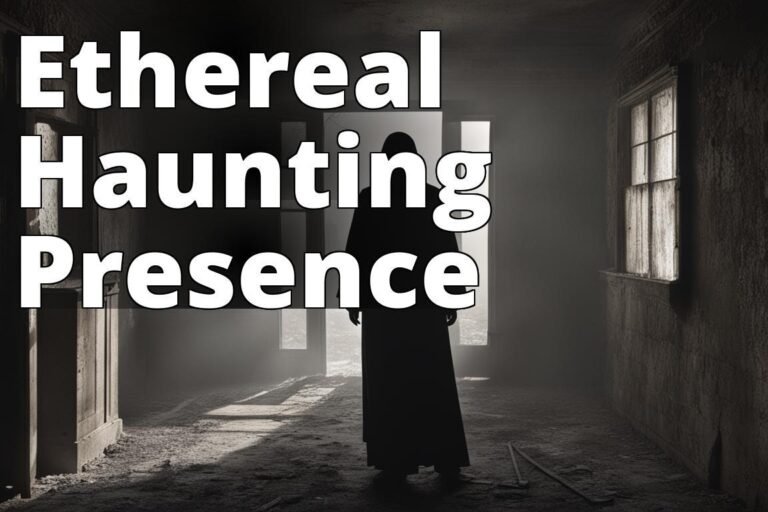Poltergeists
Ever heard a story about a ghost that doesnt just spook by its presence but also throws objects around, making a loud ruckus? That, my friends, is what you call a poltergeist. The word itself comes from German, meaning “noisy ghost,” and it stands up to its name, often being associated with a wide array of disturbing activities. Let’s dive deep into the world of poltergeists, stripping away the thin white lies and uncovering the truth behind these supernatural phenomena.
Learn about Poltergeist Activity
- A poltergeist is a type of ghost.
- Poltergeists create disturbances and move objects.
- Poltergeists are usually temporary and leave after a period of time.
- Poltergeists can be dangerous and cause harm.
- Getting rid of a poltergeist may involve seeking help from a professional.
What is a poltergeist?
Poltergeists are a unique and perplexing type of haunting, distinct from your typical ghost sightings. Unlike the translucent specters that quietly roam the hallways of old mansions, poltergeists are all about action. They’re the unseen forces that prefer to make their presence known through physical disturbances: think objects mysteriously flying off shelves, doors slamming shut without a breeze, and unseen hands knocking loudly on walls.
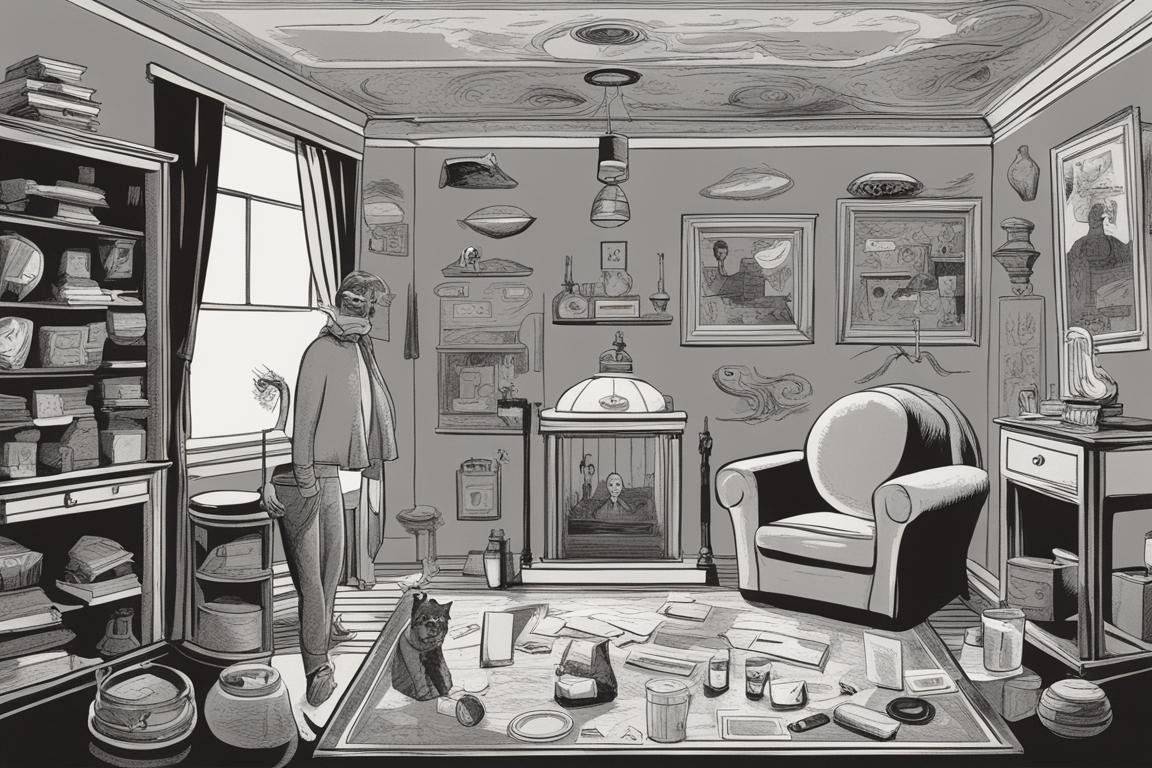
At the heart of poltergeist activity lies a mystery that has puzzled both believers and skeptics alike. Some theories suggest that poltergeists aren’t spirits at all but rather a manifestation of intense emotional or psychological stress. Others hold firm to the belief that these are indeed spirits, possibly malicious, that interact with the physical world in a very tangible way.
What do poltergeists do?
Poltergeist activity ranges from mildly annoying to downright terrifying. Imagine sitting in your living room, and out of nowhere, your favorite vase lifts into the air, hovers for a second, then shatters against the wall. Thats poltergeist activity for you. They’re also known for causing electrical disturbances, such as lights flickering on and off or appliances turning on by themselves.

Personal anecdotes and documented cases alike tell tales of poltergeist activity that can escalate over time. From soft tapping sounds in the walls to full-blown apparitions and physical assaults, the range of phenomena associated with these entities is vast. The infamous Enfield Poltergeist case in the late 1970s is a prime example, where a family in North London reported furniture moving on its own and children being levitated.
How long do poltergeists stick around?
The duration of poltergeist activity can vary greatly. Some experiences are short-lived, lasting only a few days or weeks. Others, however, can persist for months or even years, leading to significant distress for those involved.
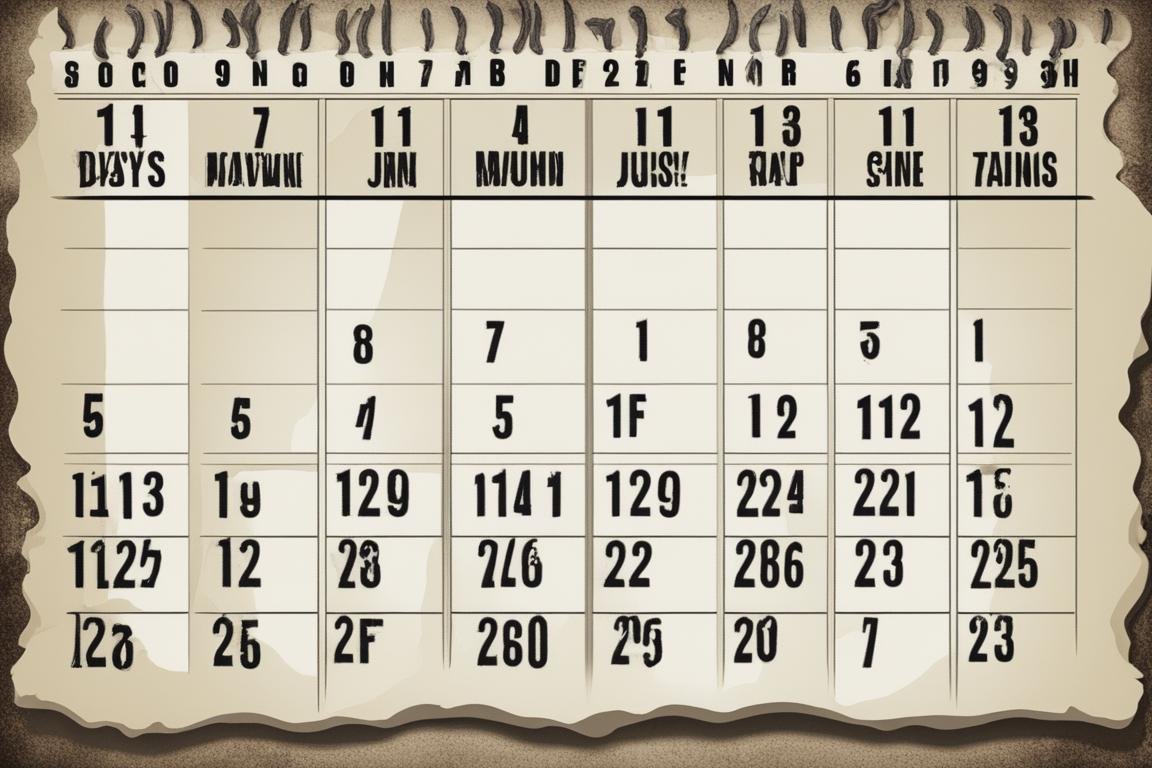
An interesting aspect of poltergeist hauntings is their tendency to center around a specific individual, often referred to as the “focus” or “agent.” In many cases, the activity subsides when the focus is removed from the environment, suggesting a link between the individual’s emotional state and the phenomena.
Are poltergeists dangerous?
While poltergeists are certainly disruptive, they are rarely physically harmful. Most of the fear and anxiety stem from the unpredictable and uncontrollable nature of their actions. However, there have been reports of poltergeist incidents where individuals sustained minor injuries from flying objects or were left deeply traumatized by their experiences.
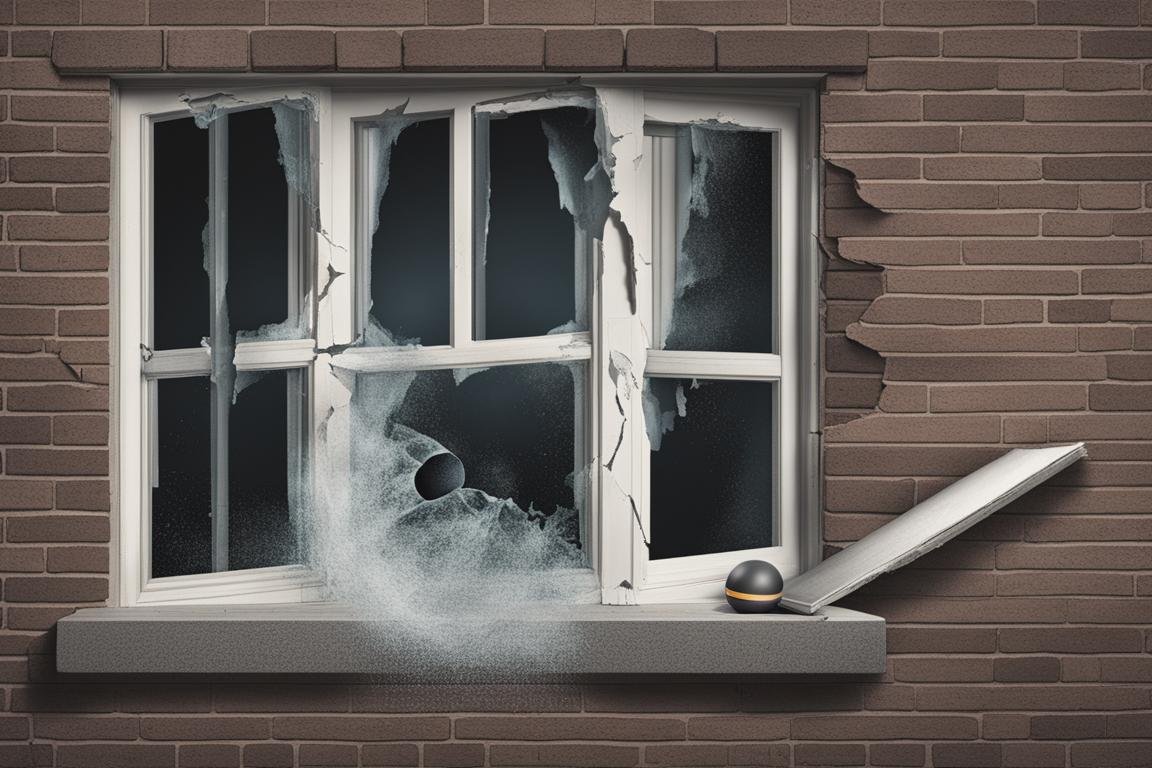
It’s essential to approach the topic of danger with a rational mindset. Many poltergeist stories are embellished over time, and fear can amplify our perception of threat. That said, the psychological impact of living through such an unsettling experience should not be underestimated.
How do you get rid of a poltergeist?
Dealing with a poltergeist can be challenging, primarily because the phenomena are so poorly understood. Some suggest that addressing the underlying emotional issues of the focus can help, potentially reducing the energy the poltergeist feeds on. Others recommend seeking the assistance of paranormal investigators or spiritual advisors who can offer cleansing rituals or other interventions aimed at calming the unrestful spirit.
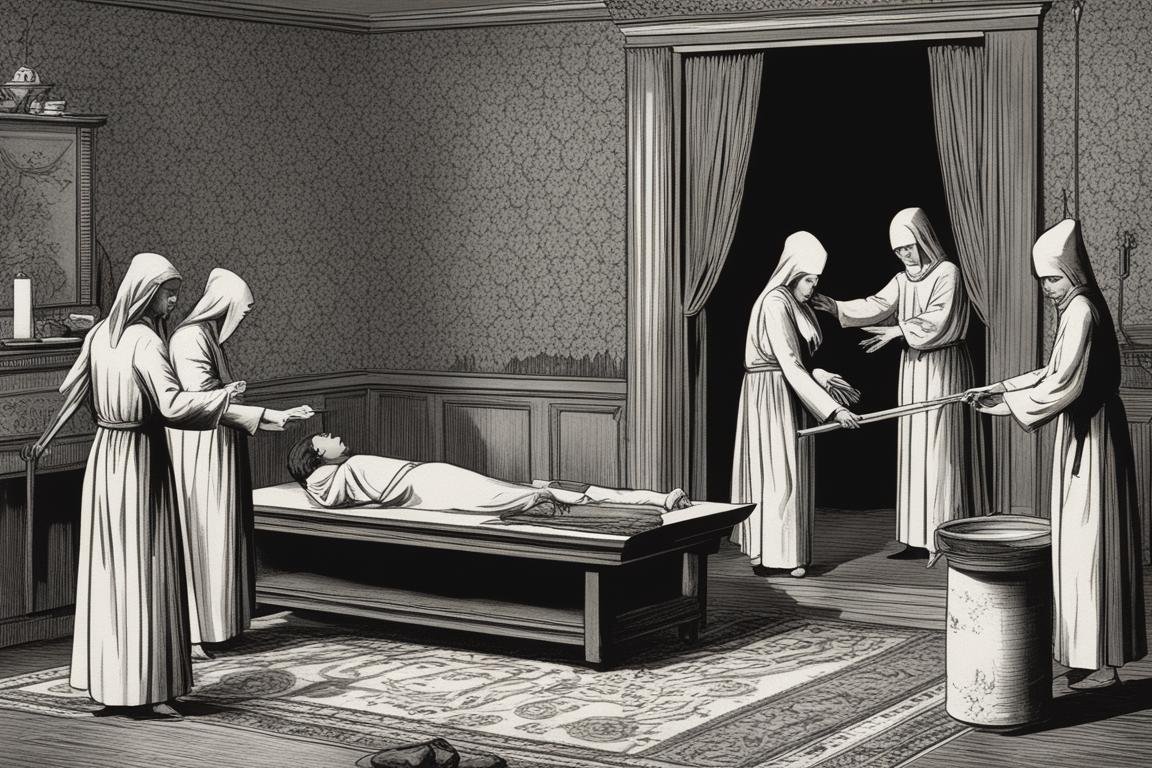
Insider Tip: Regularly cleansing your space with sage or palo santo can create a more peaceful environment, potentially warding off negative energies.
Regardless of the approach, the key is to tackle the issue with a calm and open mind. Understanding that fear and attention might inadvertently fuel the activity can also be a crucial step in resolving the situation.
In conclusion, poltergeists remain one of the most fascinating aspects of paranormal research. They challenge our understanding of the physical and spiritual worlds, blurring the lines between psychology and the supernatural. Whether you’re a staunch skeptic or a firm believer, the phenomena associated with poltergeists invite us to keep an open mind and consider the possibilities that lie beyond the realm of our current understanding.
For more insights on the mysterious and the unexplained, be sure to visit Thin White Lies.
Questions and Answers
Who is typically affected by poltergeist activity?
Poltergeist activity often affects multiple people in a household.
What are common signs of poltergeist activity?
Objects moving on their own and unexplained noises are common signs.
How can one deal with poltergeist activity?
Seeking help from a paranormal expert can assist in managing the activity.
What if I don’t believe in poltergeist activity?
It’s okay to be skeptical, but staying open-minded may help in understanding the experiences reported.
Who is more likely to experience poltergeist activity?
Adolescents and individuals going through emotional turmoil are more susceptible.
How can I protect my home from poltergeist activity?
Creating a positive environment with good energy flow can deter poltergeist occurrences.


